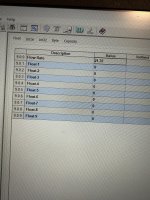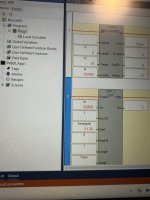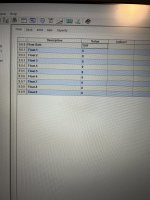drbitboy
Lifetime Supporting Member
See here:
Code:
COP status codes (Sts)
The following table describes the COP status codes.
COP Status code Status description
...
0x06 Source data size is too small for copy.Is the Src input parameter to the COP instruction an array of at least 2 elements?
Is the Length input parameter to the COP instruction 1 for each REAL, and for each 2 Src Words, that will be COPied?
Take note of items (i) and (vii) below.







